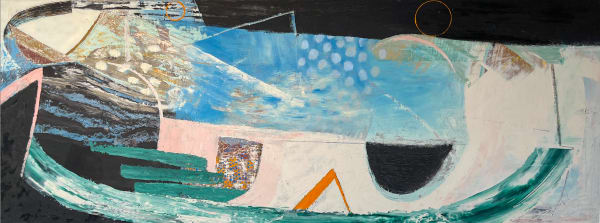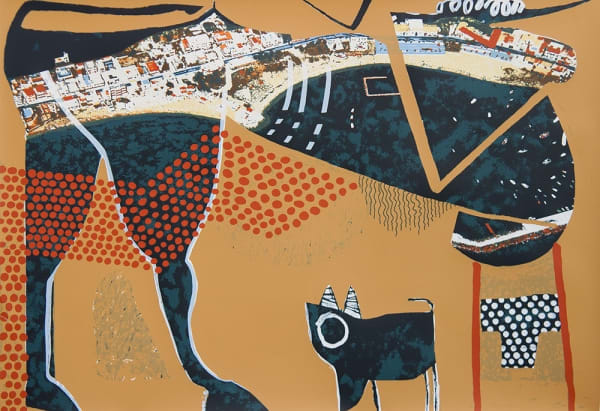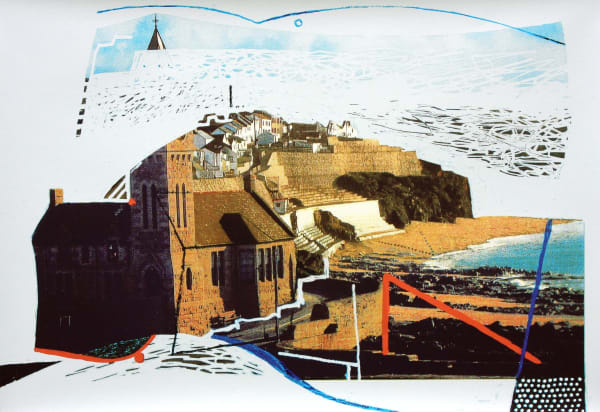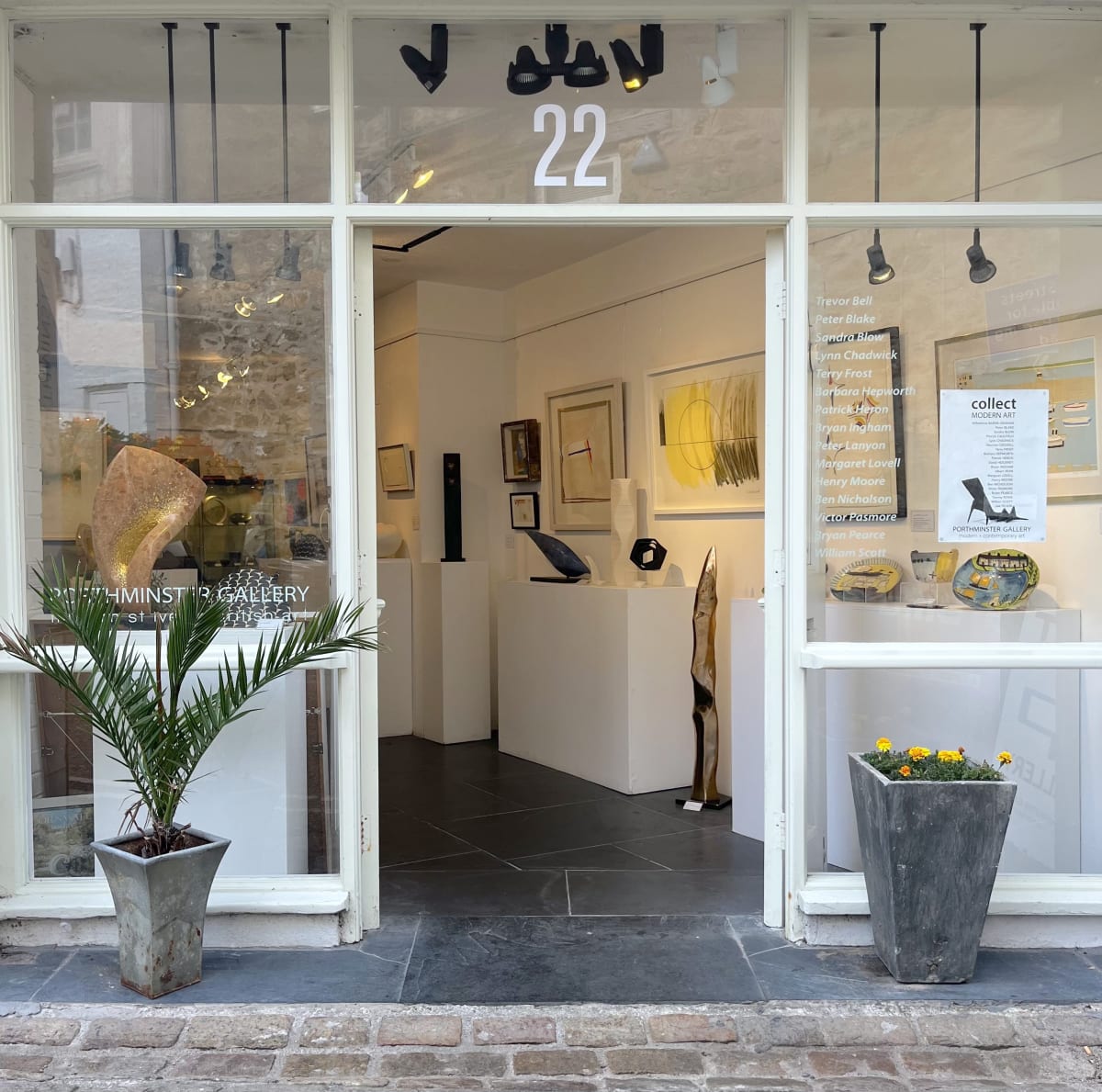Matthew Lanyon Cornish, 1951-2016
-
 Matthew LanyonHouseboat, 2013Acrylic on canvas, framed.Signed to verso.Canvas: 54 x 141 cm.
Matthew LanyonHouseboat, 2013Acrylic on canvas, framed.Signed to verso.Canvas: 54 x 141 cm.
Frame: 72 x 159 x 4 cm.View more details -
 Matthew LanyonMarzamemi I, 2014Screenprint on Zerkall 125 gram white hand-made papersigned on reverseh. 44 cm x w. 30 cmedition of 55Series: Marzamemi Series 1 of 9View more details
Matthew LanyonMarzamemi I, 2014Screenprint on Zerkall 125 gram white hand-made papersigned on reverseh. 44 cm x w. 30 cmedition of 55Series: Marzamemi Series 1 of 9View more details -
 Matthew LanyonPorthleven, 2015Screenprint on zerkall white hand-made papersigned by the artisth. 30 x w. 40 cmEdition of 54View more details
Matthew LanyonPorthleven, 2015Screenprint on zerkall white hand-made papersigned by the artisth. 30 x w. 40 cmEdition of 54View more details
Matthew Lanyon passed away on 6th November 2016.
‘I was born in St Ives, Cornwall in 1951, one of six. My father was Peter Lanyon – a landscape painter who became a major figure in the world of art.
‘Shortly before he died in 1964, as the result of a gliding accident, we spent some days together in his studio making a model aircraft. We made prototype wings out of polystyrene and tried to strengthen them with muslin and glue–size. Years later I read what someone had written about his painting ‘Clevedon Night’, which had these two prototype wings attached to the canvas. They might be 'boats bobbing up and down' but I knew what they were. They weren't boats. But it doesn't matter whether this was true or not. That isn't the point – we read our own life into paintings.
‘It was not until 1988 that I began to take my artwork seriously. At that time I was drawing and painting every morning with my son, in the days before he went to school. He always had the best titles. I'd ask him about one of his drawings and he'd say with the absolute sincerity of a four-year-old, “Three Cows Walking on the Water”.
‘Between my father and my son I had begun to address the problem of what anything is, or is meant to be in a painting. If cows could walk on water and bits of polystyrene that were once wings can bob up and down like boats, then painting is alive and the better for being marginalised by all the exquisite distractions of sound and movement.’
-

COLLECT | MODERN ART
9 Sep - 4 Nov 2023Gallery exhibition of Modern St Ives and British art for sale, featuring art – paintings, prints, drawings, and sculptures – by leading 20th Century artists, including: Wilhelmina BARNS-GRAHAM, Peter BLAKE, Sandra BLOW, Patrick CAULFIELD, Lynn CHADWICK, Maurice COCKRILL, Terry FROST, Barbara HEPWORTH, Patrick HERON, David HOCKNEY, Bryan INGHAM, Albert IRVIN, Margaret LOVELL, Henry MOORE, Ben NICHOLSON, Victor PASMORE, Bryan PEARCE, Tommy ROWE, William SCOTT, Joe TILSON.Read more -

Collect | Modern St Ives + British Art
21 May - 25 Jun 2016A specially curated selling exhibition of collectable artworks by major St Ives and British names. The exhibition will also feature new sculptures by Margaret Lovell and Peter Hayes, and paintings by Matthew Lanyon.Read more





